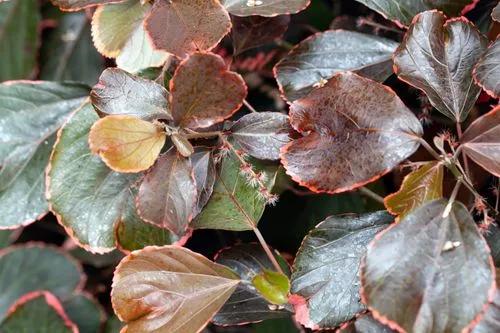Rhus ovata, also known as Sugar Bush or Sugar Sumac, is an evergreen shrub to small tree that grows in chaparral in dry canyons and slopes below 1300 meter in Southern California, Arizona and Baja California. In the southern part of it's range (in Los Angeles, Orange and San Diego Counties) Rhus ovata generally grows in the foothills and mountains, and the closely related Rhus integrifolia (Lemonade Berry) grows closer to the coast. Its size ranges from 2 - 10 meter tall and it has a rounded appearance, often growing wider than tall.
Sugar Bush Care
Rhus Ovata



What is the plant
How to Care for the Plant

Fertilizer

Fertilizing a sugar bush does not always increase sap sweetness.

Additional

Many members of the sumac family produce an irritant molecule, called urushiol. Urushiol is the culprit that causes a rash when we handle the oil of poison ivy and mango plants. The fruit is a small reddish, sticky drupe, about 6 - 8 millimeter in diameter that is said to be edible. Sugar Bush is tough and easy to grow, and very fast growing once established. A 5 gallon container plant will reach 10 feet in about 3 years if happy.

Popularity

66 people already have this plant 10 people have added this plant to their wishlists
Ease your plant care routine with PlantIn's personalized system.
What's wrong with your plant?
Related Plants
Discover more plants with the list below
Popular articles






